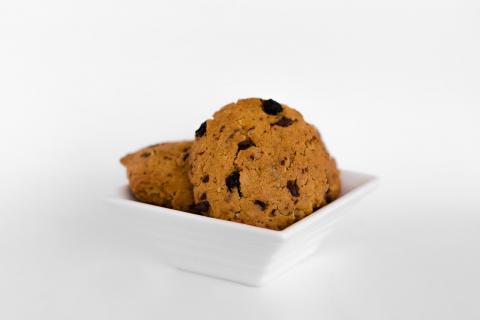Sodium metabisulphite
I understand some studies show that in biscuits residues of sodium metabisulfite after baking are extremely small and difficult to analyse. Are there any scientific references that confirm this?


A short piece about Saint Nicholas' inspiring life, as well as biscuits made for the special day.

If you like to travel and also like to eat cookies this article is your meant to be! Enjoy reading about the most famous cookies around the world.

Halloween trends for this year are spooky good: including biscuit brands that offer BOO Oreos, Reese's Pumpkin special stories and more – sit back, ti...

Danish Butter Cookies comprise five cookies, including deposited and rotary moulded cookies.

How to make chocolate chip cookies? Process for chocolate chip cookies – short cookies with inclusions of chocolate chips or nuts.











The score is based on the number of created courses at BPA (150 points per course), the number of the lectures given at BPC (100 points per lecture), published articles (20 points for every approved article in Our Experts category ), number of resolved questions (10 points for every resolved question) and the number of asked questions (5 points for every asked question). The list is showing only top 10 biscuit industry experts.



